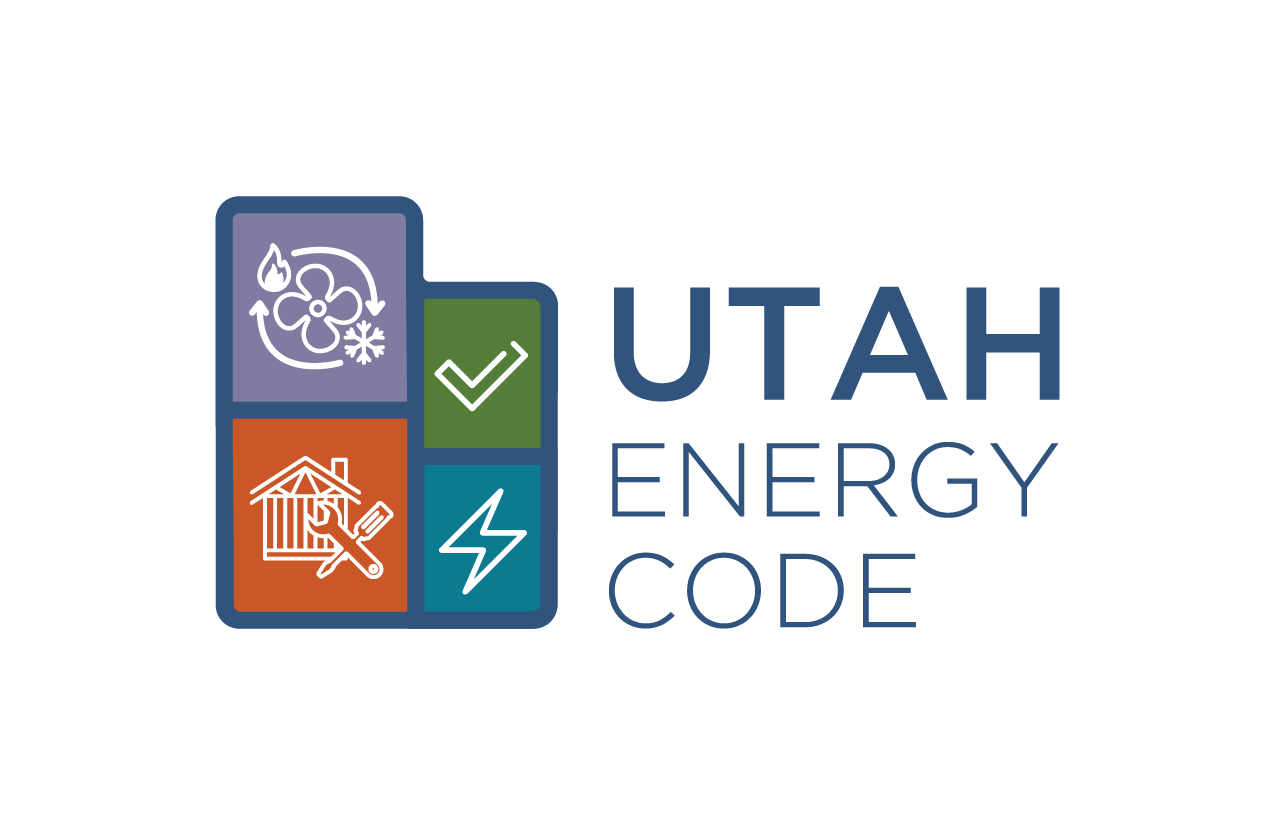
Duct Leakage Testing
Duct leakage testing, or duct blaster testing, is required for new duct systems installed outside the thermal envelope of a home. The current amended Utah energy code requires duct leakage testing for residential HVAC systems with air handlers and those with at least 20% of their duct system (measured by length) located in an attic, crawlspace or outside. In other words, HVAC systems with 80% or less of their duct system inside the thermal envelope require duct leakage testing.
In addition, the Utah state amendment requires the following: Post-construction test: Total leakage shall be less than or equal to 6 CFM per 100 square feet of conditioned floor area, when tested at a pressure differential of 0.1 inches w.g. (25 Pa) across the entire system, including the manufacturer’s air handler enclosure. All registers and grills shall be taped or otherwise sealed during the test. Without the Utah amendments the allowed leakage is 4 CFM per 100 square feet of conditioned floor area.
A duct leakage test is designed to measure the airtightness of HVAC ductwork. A basic duct leakage testing system includes three components: a calibrated fan (photo above), a register sealing system, and a device to measure fan flow and building pressure. Before the test is conducted, the supply registers and return air grills (photos below) are sealed using adhesive tape, cardboard, or non-adhesive reusable seals. One opening, either the blower compartment or a return grill, is left unsealed. The calibrated fan is then connected to that unsealed opening (see photos). During the test, pressure is monitored in one branch of the ductwork while the calibrated fan delivers air into the system. As air is delivered through the ductwork, pressure builds and forces air out of all the holes in the ductwork connections or the seams and joints of the furnace or air-conditioner. The tighter the ductwork system (e.g. the fewer holes it has), the less air is needed from the fan to create a change in the ductwork pressure.


It is critical to build a tight duct system, especially when part of the duct is outside of the building’s thermal envelope. Leaking supply ducts allow conditioned air to escape, while leaking return ducts can draw hot air from unconditioned spaces during cooling operations. When a leaking duct is located outside the thermal envelope it also adds to the whole house envelope leakage. where blower door testing occurs on the entire building envelope.
Some major duct system leak locations include panned floor joist and wall cavities, coil to furnace and coil to plenum connections, line-set plenum penetrations, take-off dovetails, and cleat connections. It is important to take note of these locations when installing HVAC systems. Sealing connections during installation, rather than after the duct system is completed, will result in a more airtight system.
Properly sealed duct systems improve occupant comfort, provide cleaner air, and reduce building energy consumption. Check out our duct testing / duct blaster videos on YouTube!
– Dr. Energy

0 Comments